OER18 conference ‘Virtual Reality: the implications for open educational resources’ presentation by BU staff. A conference presentation by Liz Falconer and Denyse King explored the meaning of open educational resources (OER) in relation to virtual reality (VR) technologies used for education. They argued that VR has been overlooked in the OER debate to date, and that the growth of educational VR platforms will require consideration of the many of the issues that arise from the more traditional concerns of open resources.

Liz and Denyse discussed Virtual Avebury and Virtual Urinalysis as two case examples that illustrate the issues that might arise, sharing their experiences of creating these learning environments in collaboration with university colleagues, commercial developers, and other interested parties such as Health Education England and patient representatives. The audience enthusiastically received their presentation and there were a number of interesting questions asked. The OER18 conference was also a valuable networking experience for Liz and Denyse, who met in person with delegates who had travelled from many different countries including America, South Africa and Brazil.
Following on from this successful experience they are hoping to be invited to present at the Future Technologies Conference in November 2018 to present Denyse’s virtual reality learning environments (VRLE) doctorate project – the Collaborative Immersive Learning Virtual Reality Series (CILVRS).
Well done!
Prof. Edwin van Teijlingen
CMMPH
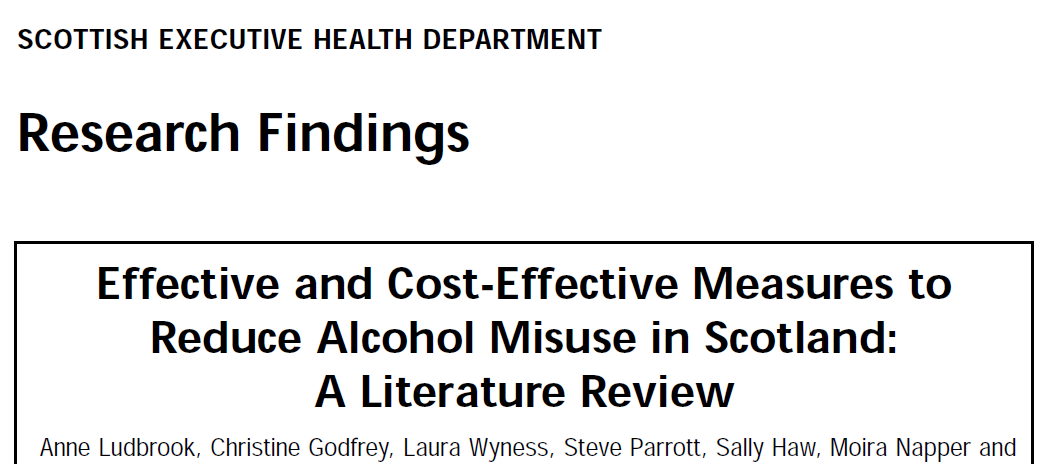

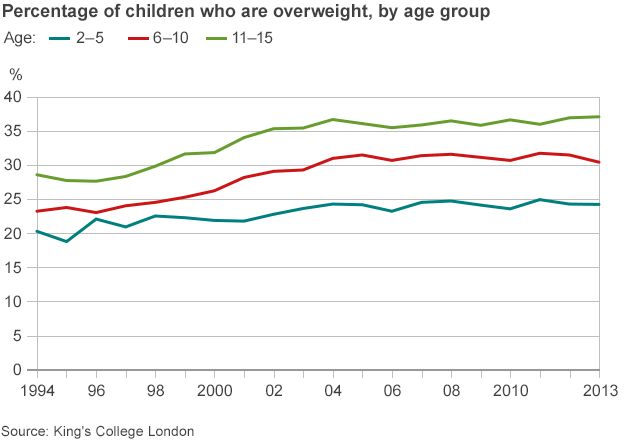
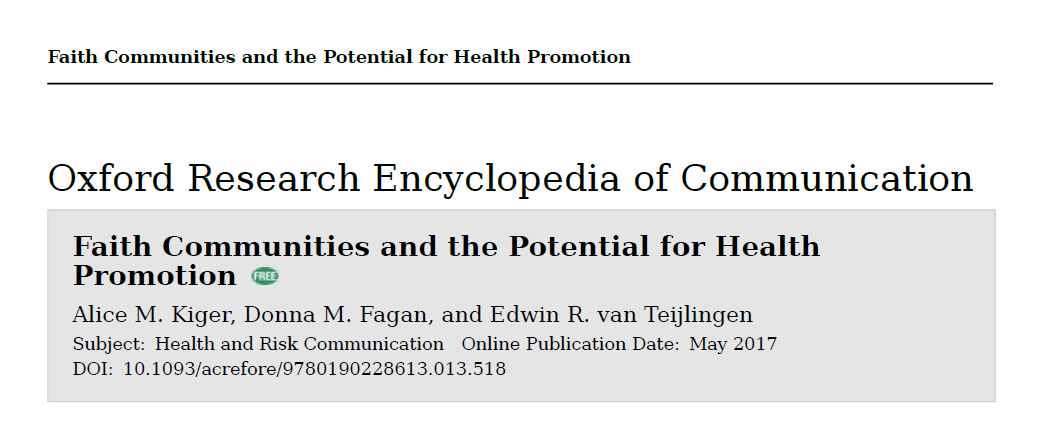
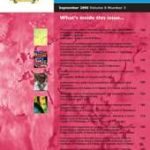
 Closing date: 08 Jun 2017 16:00 GMT+1
Closing date: 08 Jun 2017 16:00 GMT+1 The overarching driver of this partnership building activity is to develop inter-disciplinary research capacity and capability in both the UK and developing countries, jointly and collaboratively and across career stages. The aim is to generate reciprocal benefits through integrating understanding of cultures and histories into medical and public health challenges in a global context and to equip the next generation of researchers to work collaboratively and blend scientific, cultural and policy research.
The overarching driver of this partnership building activity is to develop inter-disciplinary research capacity and capability in both the UK and developing countries, jointly and collaboratively and across career stages. The aim is to generate reciprocal benefits through integrating understanding of cultures and histories into medical and public health challenges in a global context and to equip the next generation of researchers to work collaboratively and blend scientific, cultural and policy research.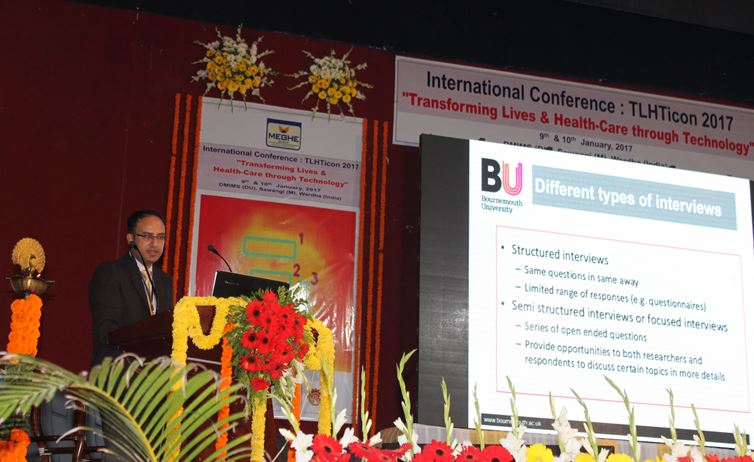
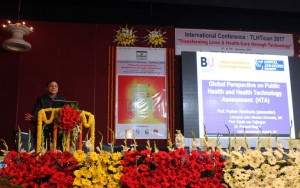

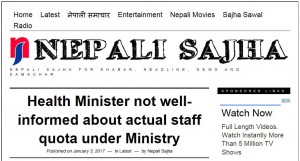


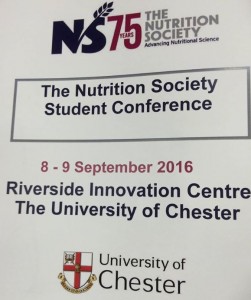
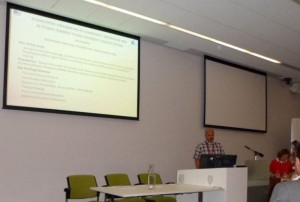
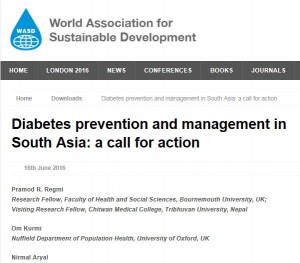

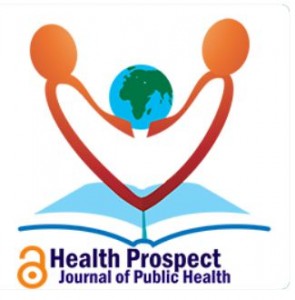
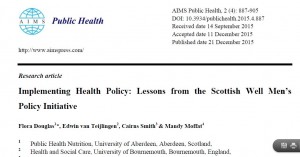

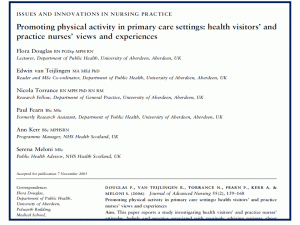
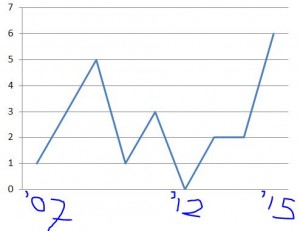


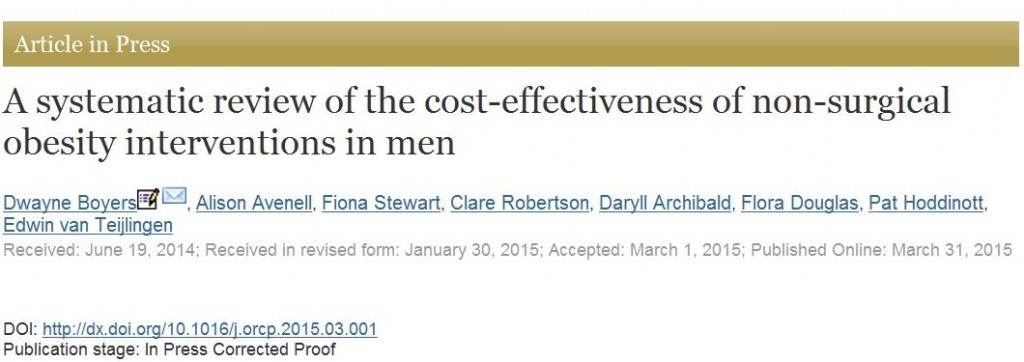
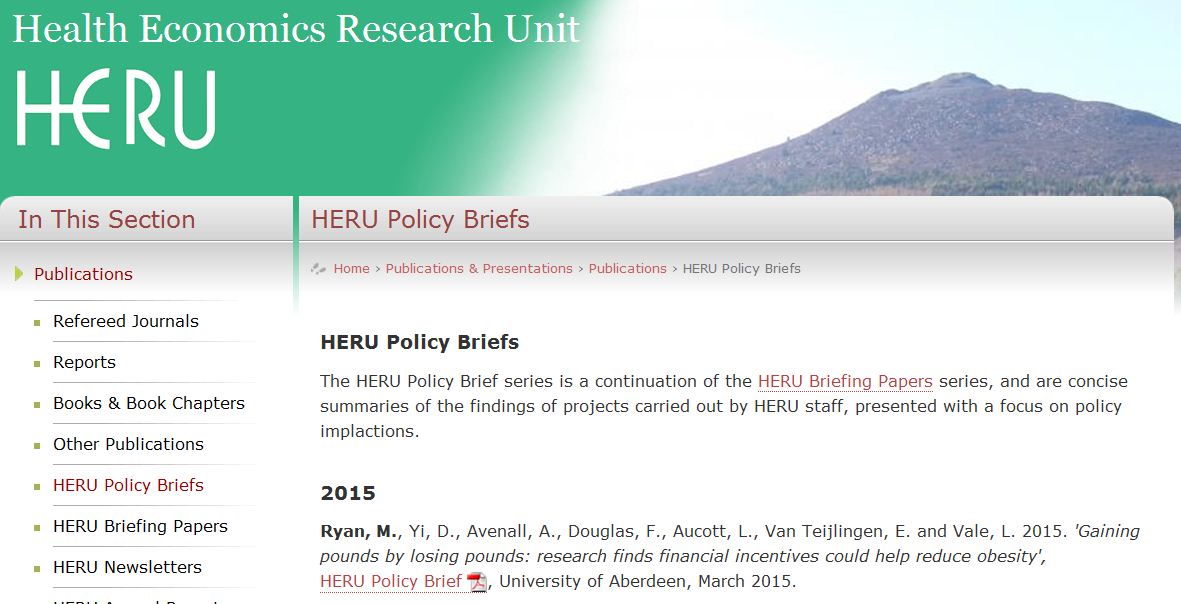
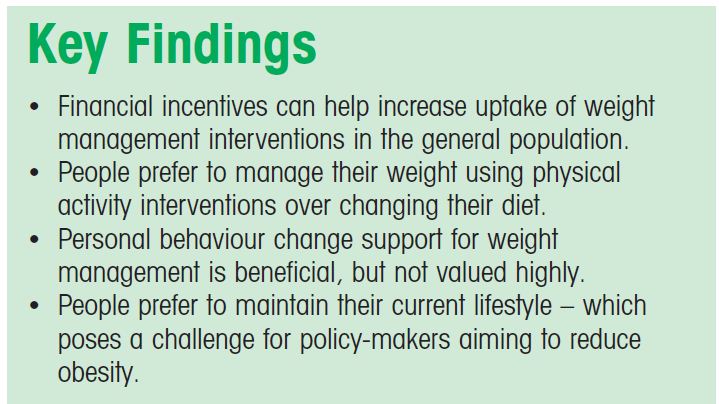











 Writing policy briefs
Writing policy briefs Upholding Excellence: The Concordat to Support Research Integrity
Upholding Excellence: The Concordat to Support Research Integrity Today’s Documentation Will Serve Tomorrow’s Justice
Today’s Documentation Will Serve Tomorrow’s Justice Up2U: New BU academic publication
Up2U: New BU academic publication New BU midwifery paper
New BU midwifery paper ECR Funding Open Call: Research Culture & Community Grant – Application Deadline Friday 12 December
ECR Funding Open Call: Research Culture & Community Grant – Application Deadline Friday 12 December MSCA Postdoctoral Fellowships 2025 Call
MSCA Postdoctoral Fellowships 2025 Call ERC Advanced Grant 2025 Webinar
ERC Advanced Grant 2025 Webinar Horizon Europe Work Programme 2025 Published
Horizon Europe Work Programme 2025 Published Horizon Europe 2025 Work Programme pre-Published
Horizon Europe 2025 Work Programme pre-Published Update on UKRO services
Update on UKRO services European research project exploring use of ‘virtual twins’ to better manage metabolic associated fatty liver disease
European research project exploring use of ‘virtual twins’ to better manage metabolic associated fatty liver disease